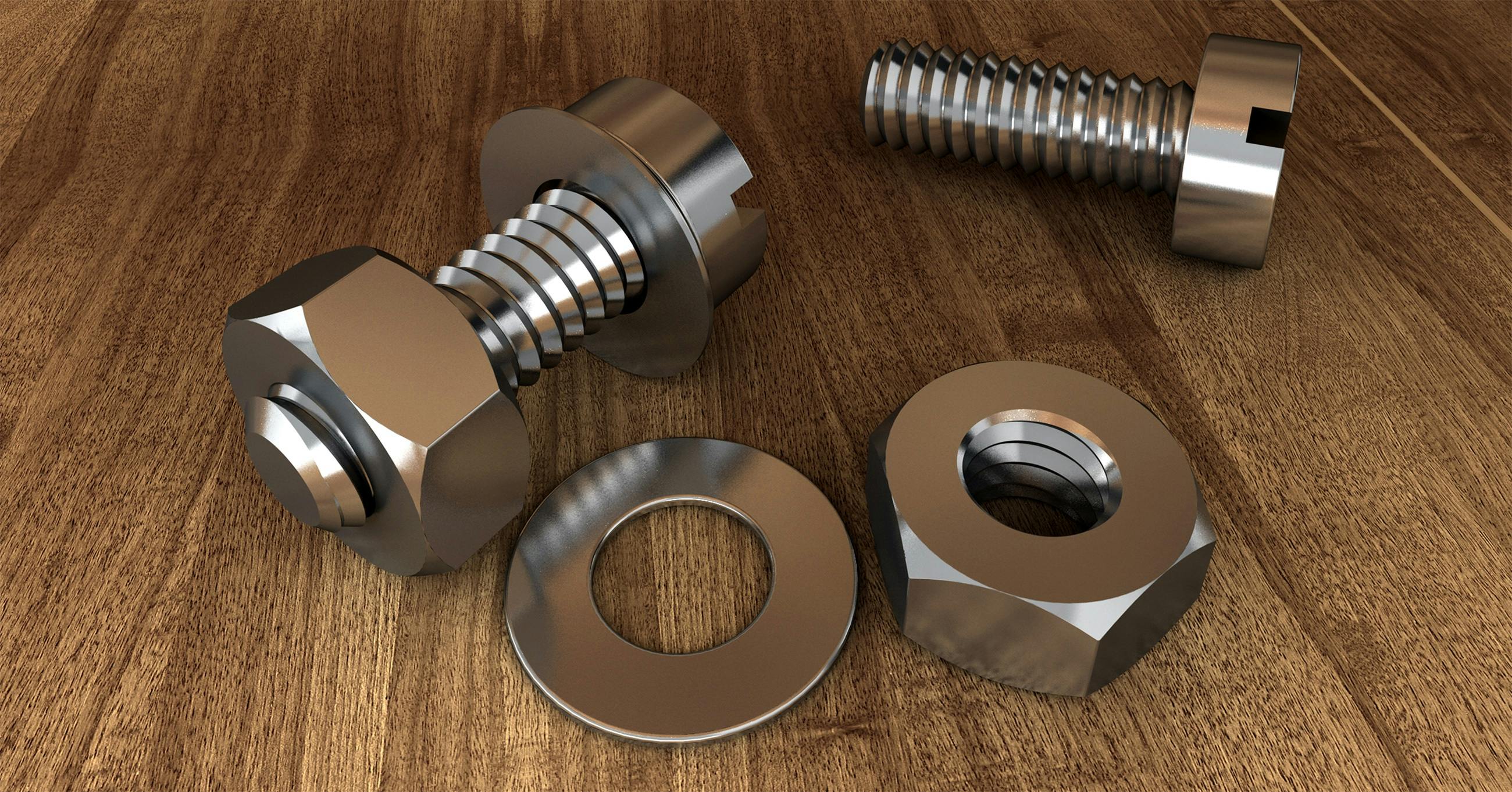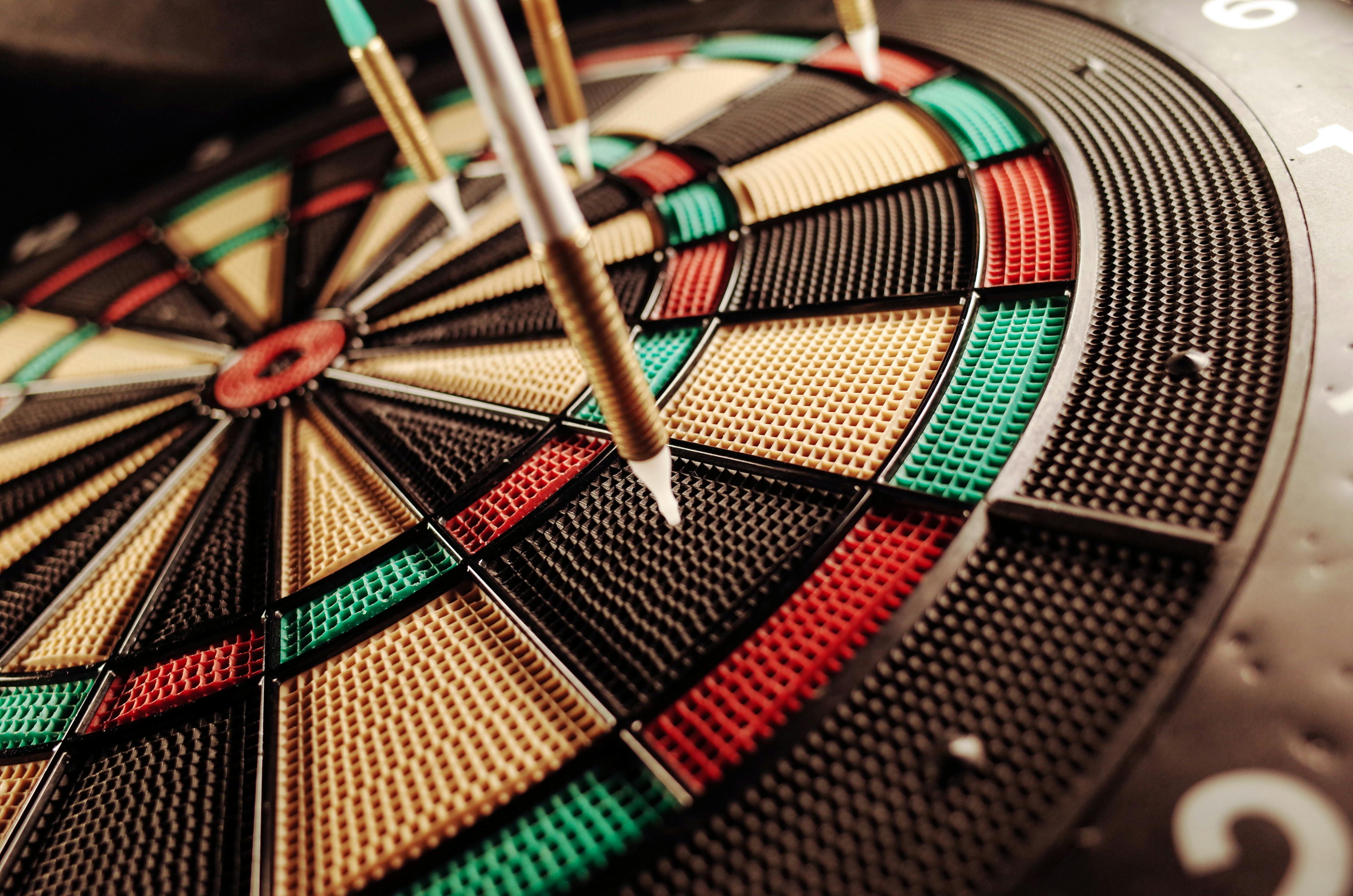Photoshop contains some great vector tools and features. But when it comes to creating artwork, experienced digital artists, illustrators, and designers are rarely limited to a single software application. It’s no secret that when it comes to vector drawing, there’s no better choice than Adobe Illustrator. Illustrator has been the industry standard vector art tool for as long as I can remember.
Personally, I’ve been using it as an integral part of my digital toolset since 1991. The features and functionality within Illustrator are certainly unmatched, but what do you do when you want all of the great vector creation possibilities that Illustrator has to offer, but also Do you want the great features of the paint tool in Photoshop? The answer is simple: You combine the two applications.
And believe it or not, when it comes to creating a stunning Art Noveau masterpiece like the one you see here, you simply need to copy and paste. Bottom line: Photoshop and Illustrator work great together. We’ll explore the benefits of bringing existing vector art from Illustrator into Photoshop and using it as vector building blocks to create the piece you see here.
More specifically, we’ll be pasting vector art into Photoshop, layering shapes and paths as the Illustrator data makes its way into Photoshop. We’ll use paths to create selection borders and duplicate and edit shape layers to suit a variety of purposes. Once the vectors are securely in place, we can employ Photoshop’s wonderful painting and compositing tools, resulting in a nostalgic piece of art that is a combination of sharp vectors and softly painted elements.
In general, when I see inexperienced Illustrator users trying to create similarly styled illustrations, they rely on the stroke attributes to create the outline of the image. An unfortunate result of this method is that there is little or no expressive quality to the line work. What makes line work expressive in the context of an illustration is the variation in thickness and the way the ends of each line are tapered, sharp, or rounded.
Of course, there are options within the Stroke palette that allow you to change the endpoints of the line; but again, just like the uniform thickness of the stroke, they just aren’t expressive enough. The best way to achieve the desired expressive quality is to pay attention to the sketch. When we draw, something intuitive happens, and it becomes an effortless or even subconscious act to create expressive line work. Within the software it is a different story. We need to focus on preserving the innate expressive quality of our drawing while creating the finished product.
This goal cannot be achieved using stroke attributes but rather by creating each element manually with the Pen Tool. However, there is more to it than simply mastering the Pen tool. There is a logical method of construction, which is to first create an outer form. The next step is to subtract an interior. This will give it its expressive outline. After that, the details are created as closed shapes and the result is unified. The Pathfinder palette plays a central role in this systematic drawing process.



